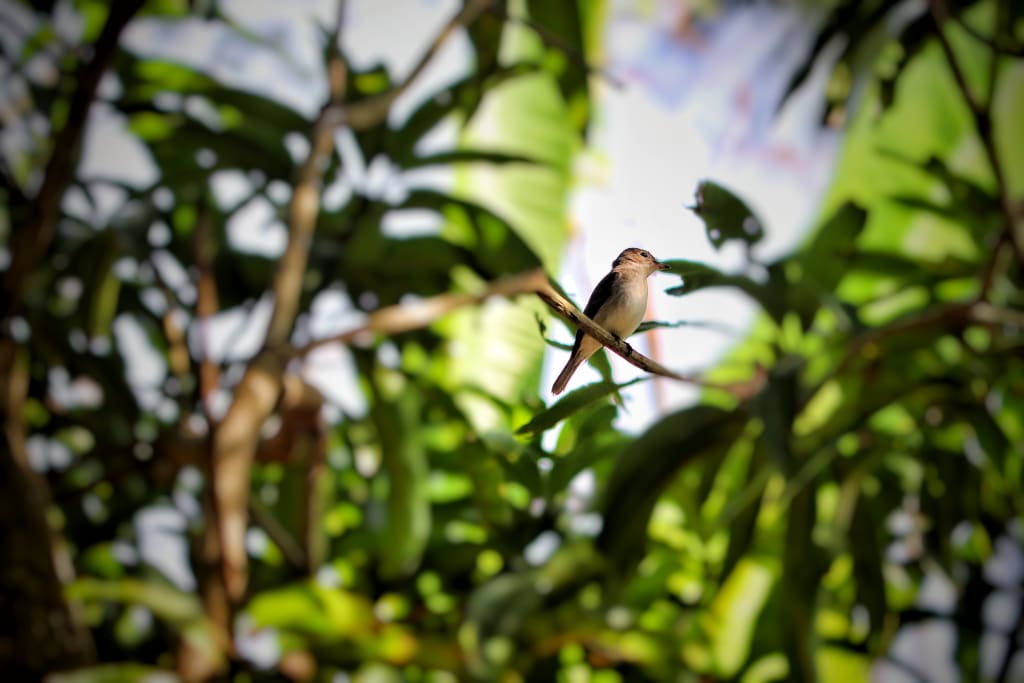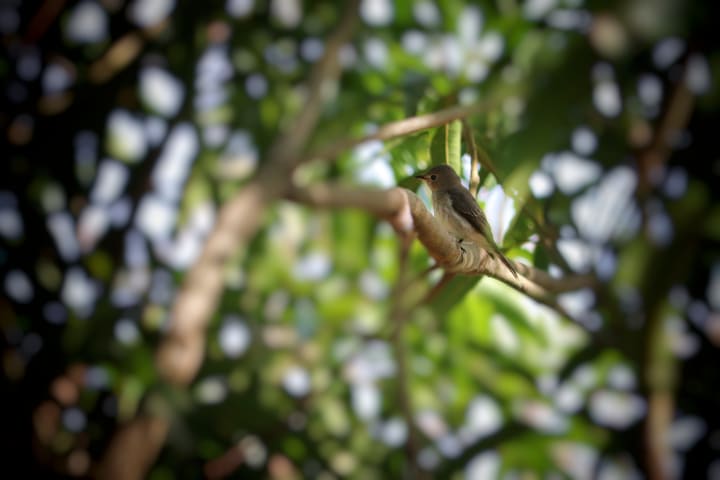Understanding the Role of Brown Breast Fly Catchers in Nature
A Closer Look at the Role of Brown Breast Fly Catchers in Nature

The brown breast flycatcher (Muscicapa muttui) is a small insectivorous bird native to Africa. It is a species of the Muscicapidae family and is found in open woodland and savanna habitats.
The brown breast flycatcher is an important species in the natural environment, as it helps to keep insect populations in check. This article will discuss the role of the brown breast fly catcher in nature and the importance of preserving this species.
Brown-breasted flycatchers are small birds that play an important role in the environment. They are insectivorous and feed on a variety of insects, including flies, beetles, and caterpillars.

This helps to keep insect populations in check, preventing them from becoming a nuisance or damaging crops. Brown-breasted flycatchers also play a role in seed dispersal, as they often eat the fruits and berries they find in their environment. The seeds are then passed through their digestive system and deposited elsewhere, providing a natural way to spread plants and promote biodiversity.
Finally, brown-breasted flycatchers act as a form of pest control, as they are known to eat ticks, mosquitos, and other pests. This can help to reduce the spread of disease and provide a beneficial service to humans.
Brown Breasted Flycatchers diet
Brown-breasted flycatchers are insectivorous, meaning they primarily eat insects. Common food items include beetles, caterpillars, flies, and spiders. They will also eat some fruit and berries.
Brown-breasted flycatchers primarily feed on small insects such as flies, mosquitoes, beetles, and ants, among other insects. They search for food by perching on branches, then swooping down to catch their prey in midair or from foliage. They will also glean insects off of the bark of trees and shrubs.
Where Do Brown Breasted Flycatchers Live?
Brown-breasted flycatchers are found in North and Central America. They breed in the eastern parts of the United States and Canada, from southern California to northern Canada, and south through Mexico to Costa Rica. It migrates to southern India and Sri Lanka during the winter months.
How Do Brown Breasted Flycatchers Protect Themselves?
Brown-breasted flycatchers protect themselves by using their camouflage to hide from predators. They also have strong flight muscles and good eyesight which allow them to spot predators and escape quickly. They also have a loud and distinctive call which can be used to signal alarm and alert other birds of potential danger
Mating Habits of Brown Breasted Flycatcher
Brown-breasted flycatchers have a wide variety of mating habits and displays. The male will perform a song and flight display to attract a female. He will also perform a bowing display to invite her to his nest. During courtship, the male will feed the female to show his interest in her. The female will then enter the nest and the pair will begin to build it together.
Once the nest is constructed, the female will lay her eggs and incubate them until they hatch. The male will stay close and defend the nest from predators. After the eggs hatch, both parents will feed the chicks and also protect the nest from predators, and may fight off other birds or animals that come too close. Parents help to raise them until they are able to leave the nest.
Impact of Brown Breasted Flycatcher on Their Ecosystem
Brown-breasted flycatchers provide a number of benefits to the ecosystem. They are important insectivores and help to control insect populations. They also consume fruits and other forms of vegetation, which helps to disperse seeds and promote plant growth.
Additionally, flycatchers are an important food source for larger predatory species such as hawks, owls, and falcons. Lastly, flycatchers provide a source of entertainment for birdwatchers and other nature enthusiasts.





Comments
There are no comments for this story
Be the first to respond and start the conversation.